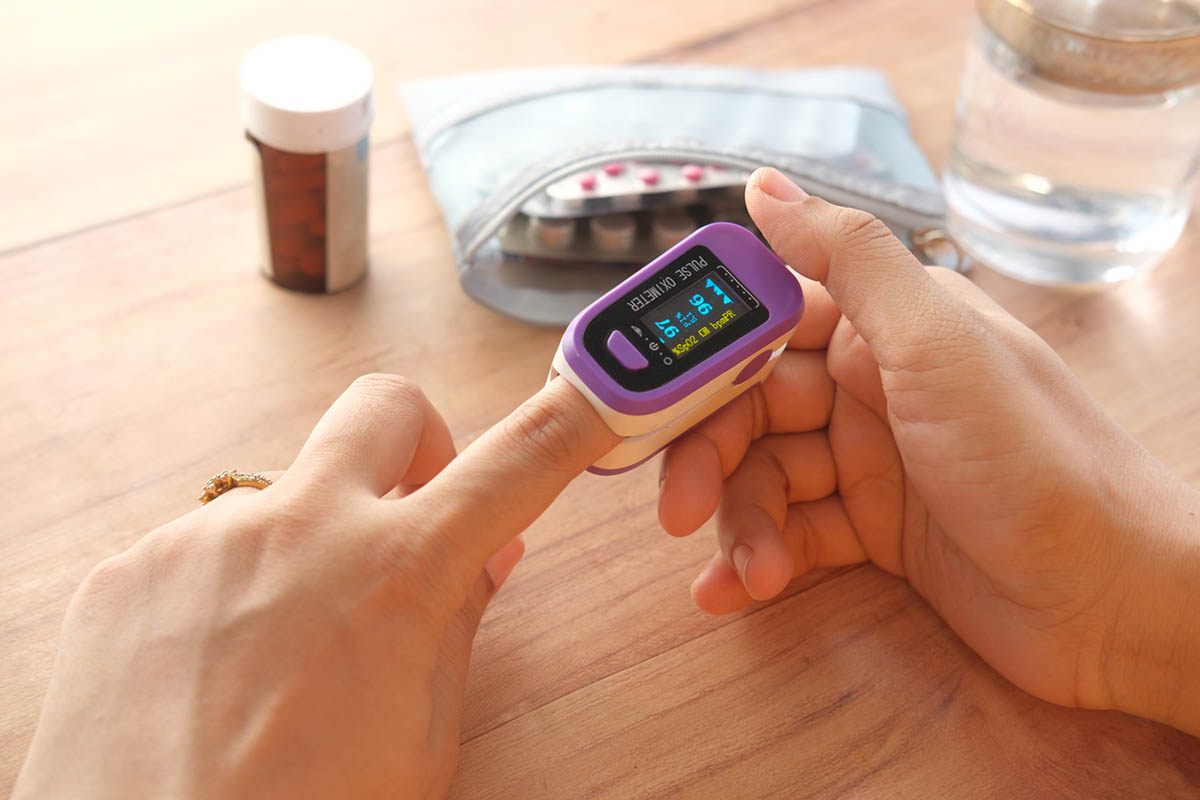Background: Little is known about thelongitudinal course of treatment outcome in patients withtrichotillomania. The authors conducted a second follow-upassessment on a cohort of hair pullers previously studied.
Method: Forty-four subjects completed ahair-pulling questionnaire and paper-and-pencil measures ofhair-pulling severity and impact, psychosocial functioning,depression, anxiety, and self-esteem. Mean time elapsed betweenthe first and second follow-up assessment was 2.5 years (indexevaluation to first follow-up = 3.5 years).
Results: Twenty-seven subjects (61.4%) hadactive treatment since the first follow-up. No significantchanges in hair pulling, depression, anxiety, or psychosocialfunctioning were reported from first to second follow-up.Self-esteem scores significantly worsened during this period (p =.000). A trend toward worsening also existed for psychosocialimpact scores. Comparison of scores at index evaluation withsecond follow-up still showed significant improvement over timefor hair pulling (p = .001) but significant worsening inself-esteem (p = .000). Treatment and responder status wereunrelated to clinical functioning, with the exception ofdepression and psychosocial impact.
Conclusion: Although hair pullers exhibitinitial improvement with treatment, scale scores plateau orworsen by second follow-up. Significant worsening in self-esteemat second follow-up may be related to the absence of furtherimprovements in hair-pulling severity. Future research shouldfocus on the interrelationships among self-esteem, depression,and hair pulling during treatment for this disorder.
Author Affiliations

Enjoy free PDF downloads as part of your membership!
Save
Cite



